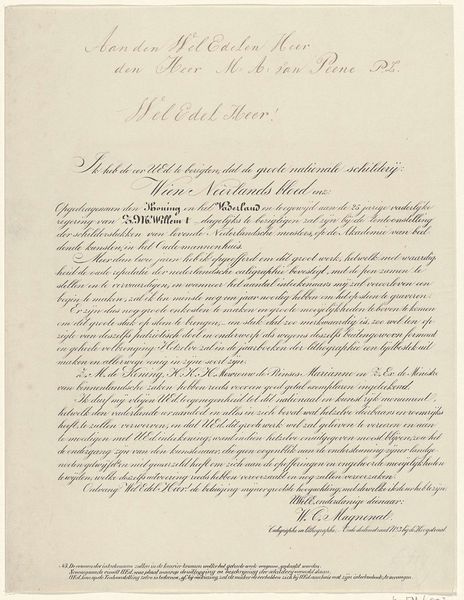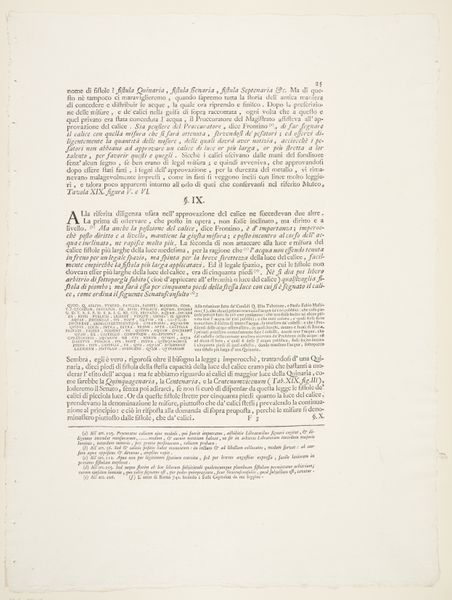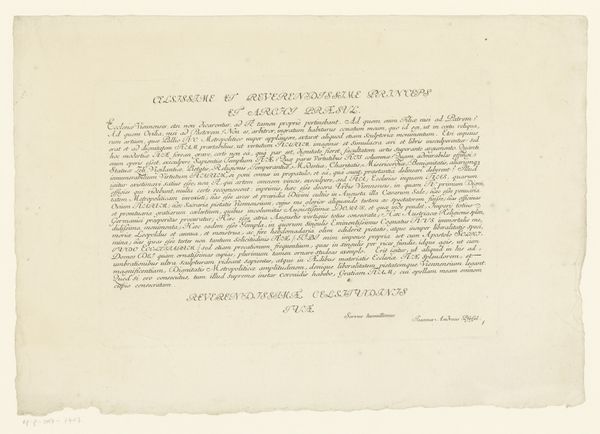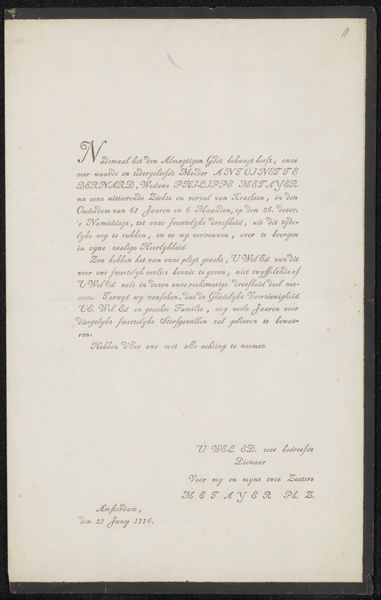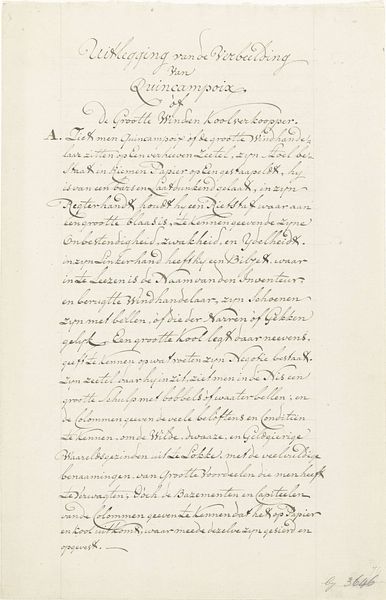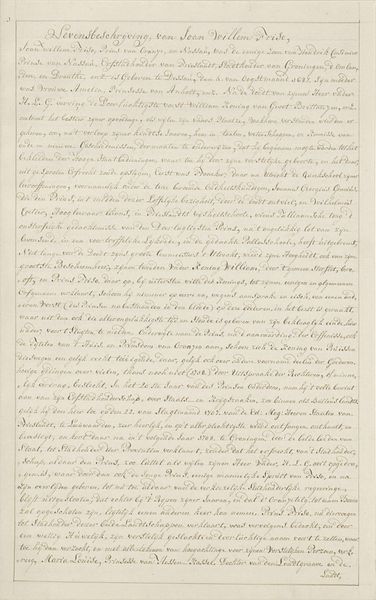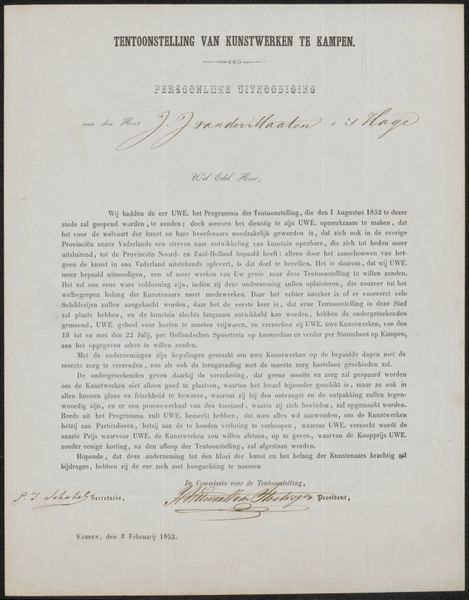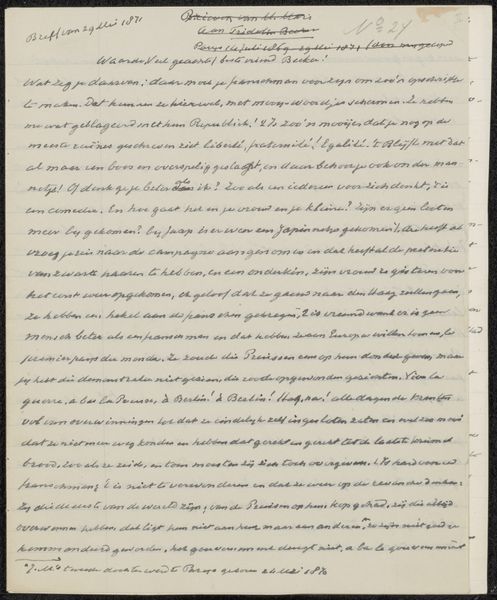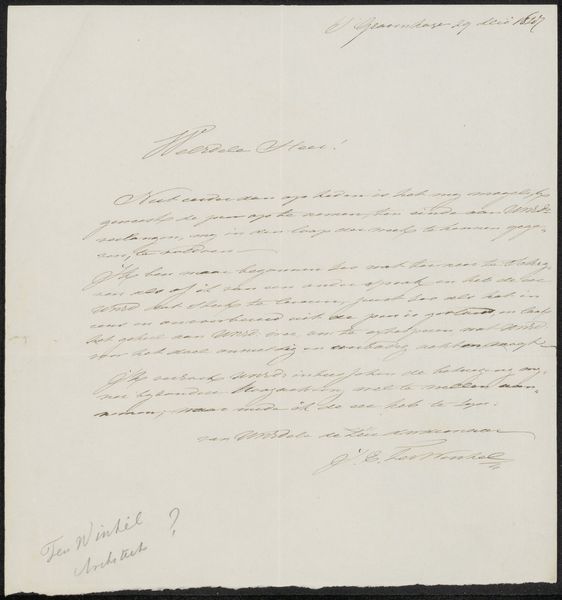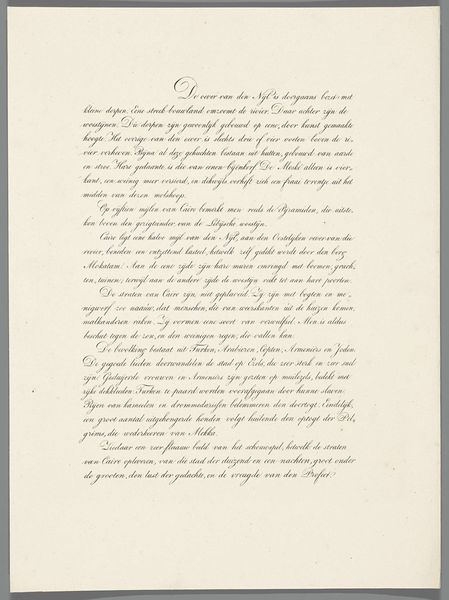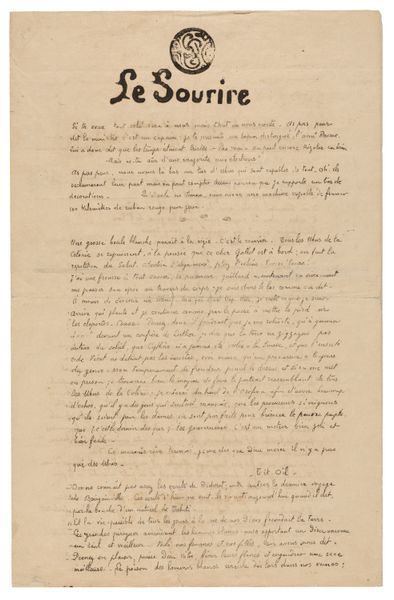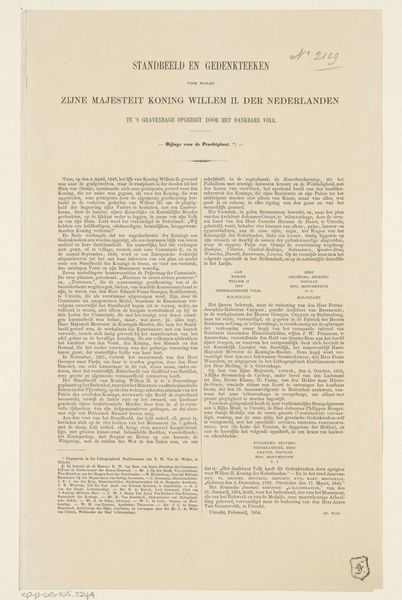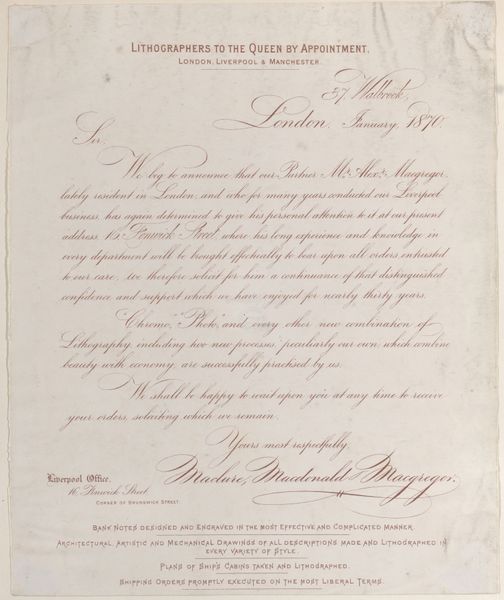
drawing, paper, ink
#
drawing
#
narrative-art
#
dutch-golden-age
#
paper
#
ink
#
history-painting
Dimensions: height 273 mm, width 237 mm
Copyright: Rijks Museum: Open Domain
Curator: Here we have a drawing entitled, "Description of the Shipwreck of the Steamboat Willem I, 1837". Dating back to 1837, it's rendered in ink on paper. What's your first impression? Editor: Stark. It’s dominated by text, like an official report, and the script seems… distant. Gives off a detached vibe, despite the inherent drama of a shipwreck. Curator: Indeed. What is interesting is that we should consider this drawing not just as art, but also a piece of material culture deeply entrenched in the production and distribution of information during that era. Ink, paper, script—they all speak to the labor involved in creating and disseminating knowledge. The quality of the paper, the precision of the script, reflect colonial standards of administration. Editor: I see that, and immediately think about the broader context of colonialism, Dutch maritime history and this specific disaster, no doubt profoundly affected the communities tied to this ship, raising questions about risk, power and the human cost of exploration. Who were the passengers? What was the cargo? Curator: Precisely. How does the visual and textual description intersect, but also potentially conflict, with the experiences of those who endured it? How do we reconcile the seeming detachment in presentation with what must have been utter chaos for those involved? Perhaps this very austerity functions to exert power, an authority trying to restore calm after a debacle. Editor: That resonates. Looking closer at the title… “Description of the Shipwrecked... of the Steamboat…” There’s a subtle emphasis there, perhaps intending to deflect from any larger questions about who or what may have been responsible. How might survivors understand it versus shareholders of the shipping company? Curator: Food for thought. It underlines how something created to relay facts always possesses many layers, affected by its production and cultural settings. Editor: And reminds us that "objective" accounts often mask far more than they reveal. There's power, here, in the act of deciding which voices will be immortalized through description.
Comments
No comments
Be the first to comment and join the conversation on the ultimate creative platform.
